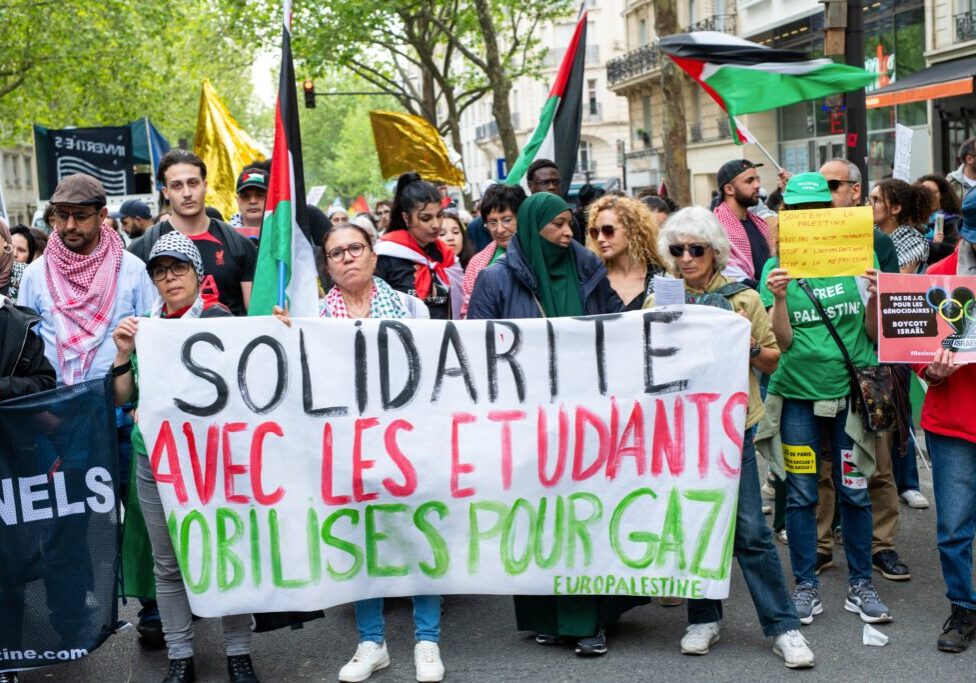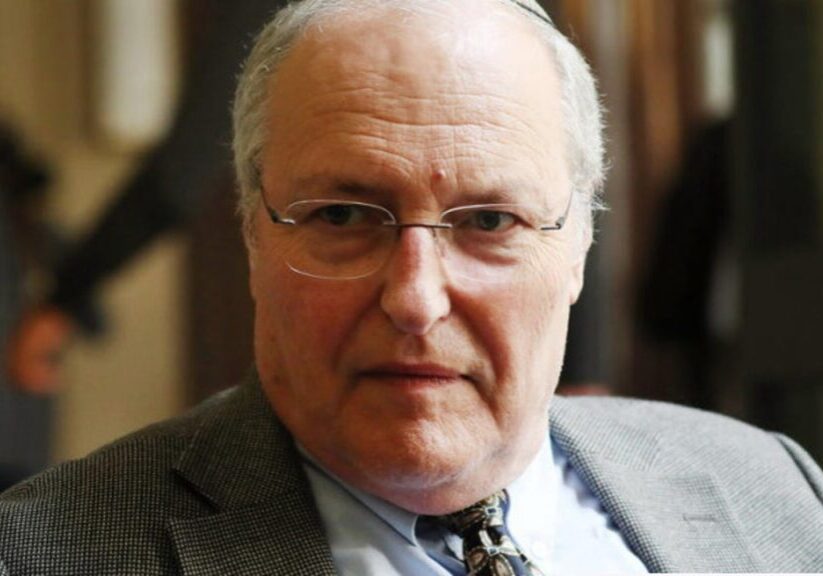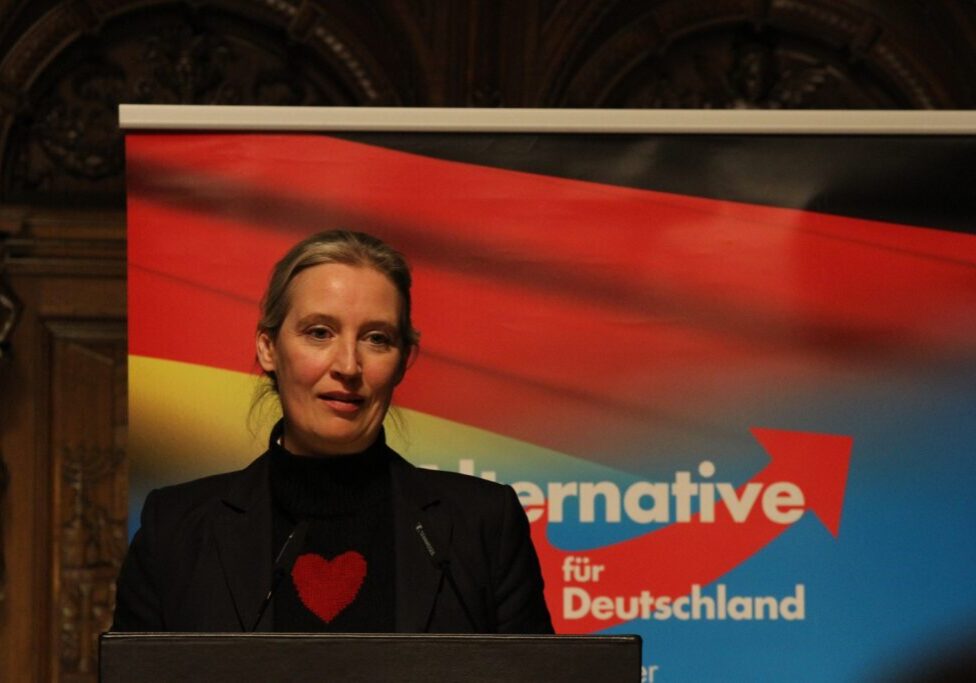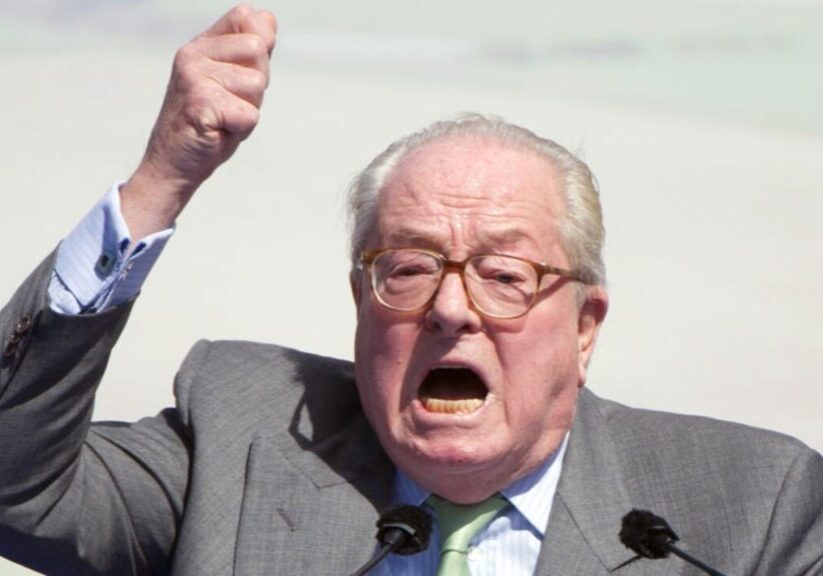Australia/Israel Review
Biblio File: Journey toward Dark Truths
Aug 30, 2023 | Justin Amler
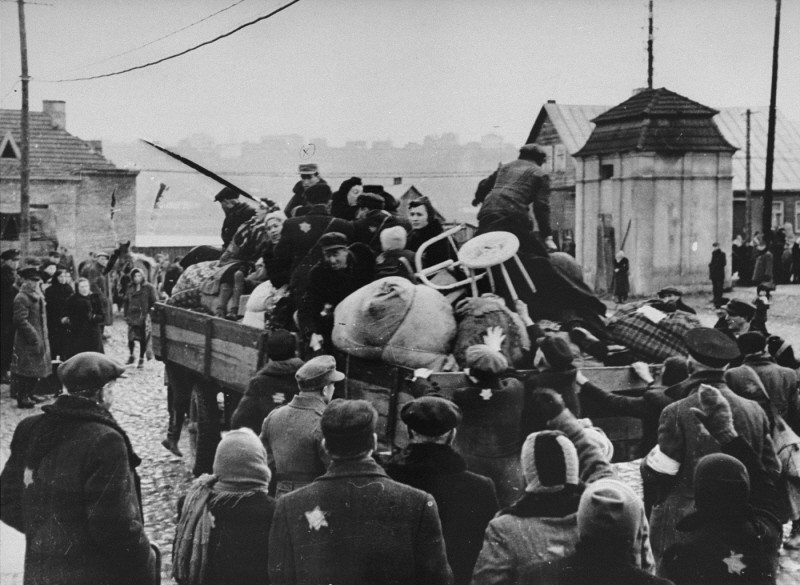
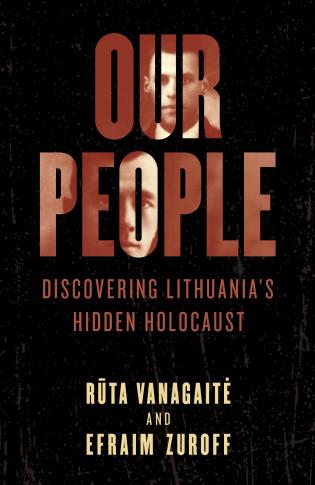 Our People: Discovering Lithuania’s Hidden Holocaust
Our People: Discovering Lithuania’s Hidden Holocaust
by Rûta Vanagaité and Efraim Zuroff
Rowman & Littlefield Publishers, 240 pp., A$49.99
Under the terms of the secret protocols of the 1939 Molotov-Ribbentrop Pact, Lithuania was occupied by the Soviet Union in June 1940. After the Nazis attacked the Soviet Union, Lithuania was occupied by the Germans in June 1941.
Caught in the middle were the country’s Jews.
Our People is a book about a journey in search of truth in the face of authorities who want to take that truth and distort it into something quite different.
One of the greatest myths of the Holocaust was that it was Hitler and the Nazis alone who committed the atrocities against the Jews. But this is, at best, misleading. While the Nazis were the driving force behind the genocide of the Jewish people, they could not have succeeded without the collaboration of willing local citizens across many countries.
This includes Lithuania, where approximately 220,000 Jews were living when the Nazi occupation began. Only 8,000 survived – resulting in the near complete destruction of the 700-year-old Lithuanian Jewish community.
This book, and the journey that lies behind it, involves an unlikely pairing – Efraim Zuroff, famous Nazi-hunter, and Rûta Vanagaité, famous Lithuanian author. The two embarked on an expedition together to learn about the Lithuanian Holocaust. Vanagaité was motivated by a recent discovery that her relatives had been involved in some capacity in the mass murder of the Jews of Lithuania. Zuroff, meanwhile, was motivated both by his profession as a Nazi-hunter and, on a personal level, as a Jew whose family was from Lithuania.
This book carries us along with Zuroff and Vanagaité as they visit just some of the 227 mass murder sites scattered around the country, where Jewish men, women and children were marched into the Lithuanian forests and then shot in murder pits.
Much of their time is spent talking to elderly residents of the various areas, small children at the time, yet able to give eyewitness accounts of these horrific events, often in meticulous detail. The trauma of those times still haunts most of these witnesses, who often break down in tears, having lived with these memories their entire lives without ever once being asked about them.
Many of these murders were orchestrated by Lithuanian nationalists known as the Lithuanian Activist Front (LAF), who enthusiastically supported the Third Reich. The LAF actively incited the local population to participate in the murder of the Jews, who were presented as having supported the Soviet Union during Moscow’s often brutal occupation in 1940-41. Yet, despite this sordid history, some LAF leaders have been glorified as heroes in present-day Lithuania.
Notwithstanding the strong relationship with Israel of recent Lithuanian governments, the authors write that Lithuanian governments and leaders have tried to distort the details of their nation’s involvement in the Shoah by pushing a “double genocide” theory. This says the Soviet occupation and the Nazi occupation were both genocides which should be commemorated equally.
The problem with this narrative is that it extinguishes the uniqueness of the Holocaust perpetrated against the Jews and also attempts to absolve the Lithuanian nation of involvement – painting the killers of Jews as a few bad actors or criminals.
Yet, as Vanagaité and Zuroff discover, the murder of Jews – which often occurred without any Nazis at all at the killing sites – required a system to support these activities which involved thousands of people, on top of those doing the actual shooting. After the killings, the physical possessions of the Jews were often distributed among the local population, who were able to enrich themselves even as the blood of the Jewish victims was not yet cold.
This book is an emotional experience, and the reader cannot remain unmoved as one reads of communities, hundreds of years old, being obliterated overnight.
My own grandmother hailed from Ponevezh, one of those communities. She was able to leave in 1934 as a young child, but almost 9,000 Jews from Ponevezh who did not manage to get out before the war were murdered.
Our People is a confronting and important book, bringing to light a difficult history that many are actively seeking to distort or conceal.
Tags: Europe, Holocaust/ War Crimes


